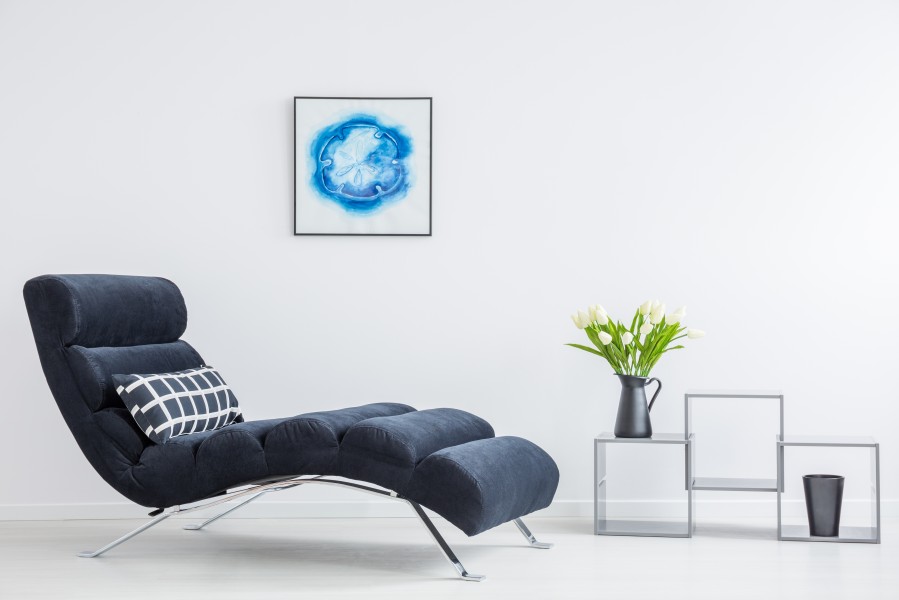Comments
- No comments found

There are many parts to innovation, especially to healthcare innovation.
We have pharmaceutical innovation, medical instruments, intervention, other treatment options, digital health, and many others.
Many of those are often weighted in terms of realistic success due to barriers in financials, legislation, or adoption rate due to the slow culture of adoption and Not Invented Here syndrome in healthcare. Although all are true, some more than others, I think the actual problem sits in a different corner: the user interface (how 'things' work) and the user experience (how 'things' are perceived).
More than often, these two elements are the closing processes in healthcare innovation. At the same time, out of budget, out of time while the excitement of the underlying achievement glooms at the horizon, someone yells: "We have to teach patients how to use it". And that's where things went wrong! If we don't have a clear understanding of how innovation will be used, by whom, when, and how, and make the use dead-simple, failure or remodeling is around the corner.
In the process of coming from an idea to a tangible working product or process, one from the get-go needs to consider with the end-user in mind. For that, we should step out of our own healthcare bubble when we start designing.
Steve Jobs (Apple) once said: "Design is not just what it looks and feels like. Design is how it works."
Collaborating with other industries, experts from other fields, and most of all with the end-user incorporated in the whole process, the chances of success rise exponentially. For healthcare, next to design thinkers, this should incorporate behavioral scientists or experts. But also people from retail who understand the way of communicating with their targeted group in one-liners, easy processes, and changing behavior (unfortunately too much in the other direction we would like them to)
So next time, when you start translation your idea or vision into a product or service for healthcare: start with a BIG table, and surround yourself with everyone that is going to use it, adding outside experts to the mix and people who understand the art of creating behavioral change, when your product intents to do so.
Maybe then, you will be able to have success in translating your idea into an impactful product or service that you've hoped it to become.
It is at the intersection of technology and patient empowerment, which is where Lucien Engelen (1962), director of the Radboud University Nijmegen Medical Centre REshape Center and advisor to the Board of Directors (since 2007) feels most at home. The two worlds combined into the Radboud University Nijmegen Medical Centre and Singularity University in Silicon Valley & the Netherlands and in the Nordics, his modus operandi is always challenging, sometimes provocative but always techno-realistic. Writing on a new book that will be titled "Augmented Health(care)™ : The end of the beginning" (May 2018, Barcelone Spain) as he thinks we're at the end of an era of creating awareness, pilots, proof of concepts etc in the digital transformation of health(care). More on that on, his Linkedin Page has over 750.000 followers. He is Faculty Global Health(care) & Medecine since 2011 at Singularity University's Exponential Medicine in the US and in the Netherlands.
Leave your comments
Post comment as a guest